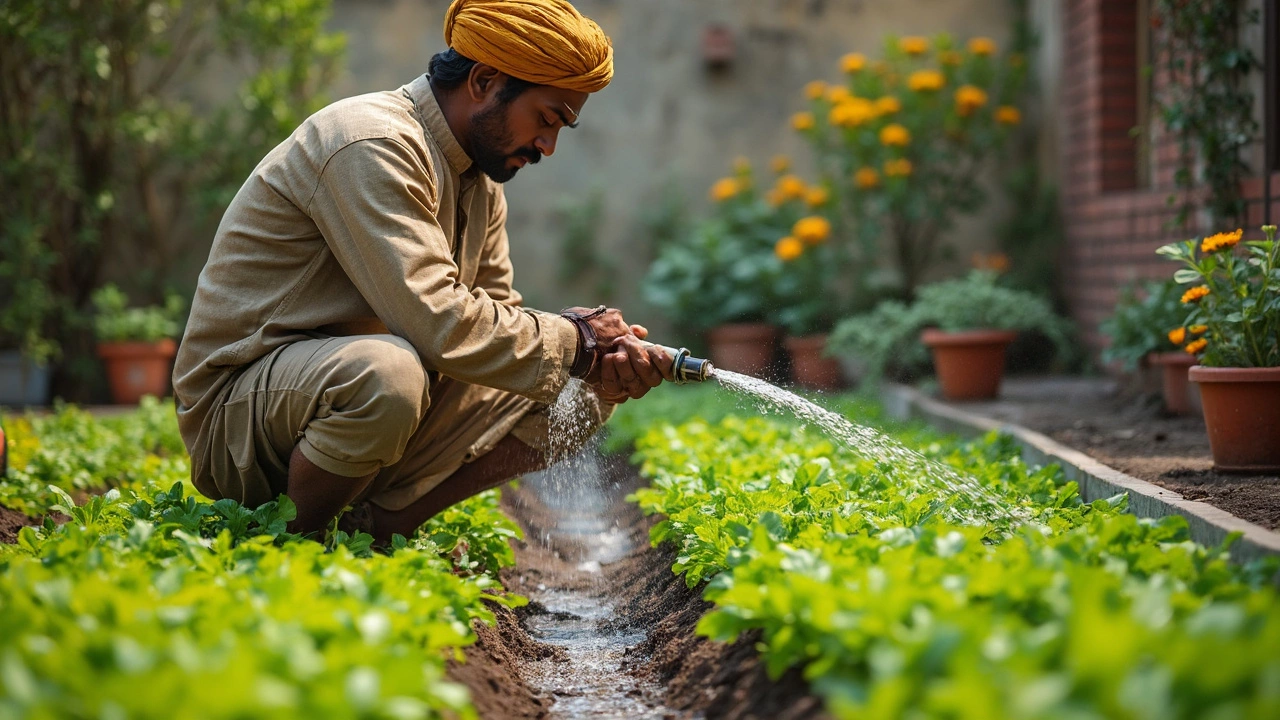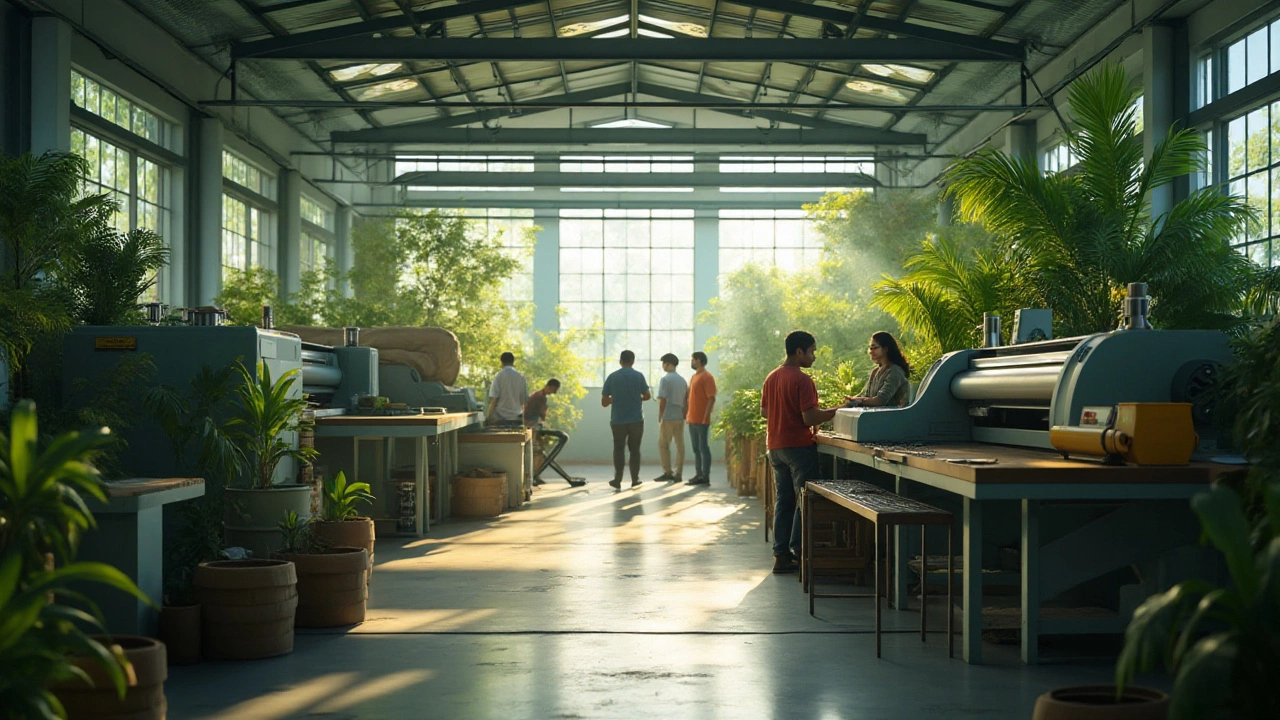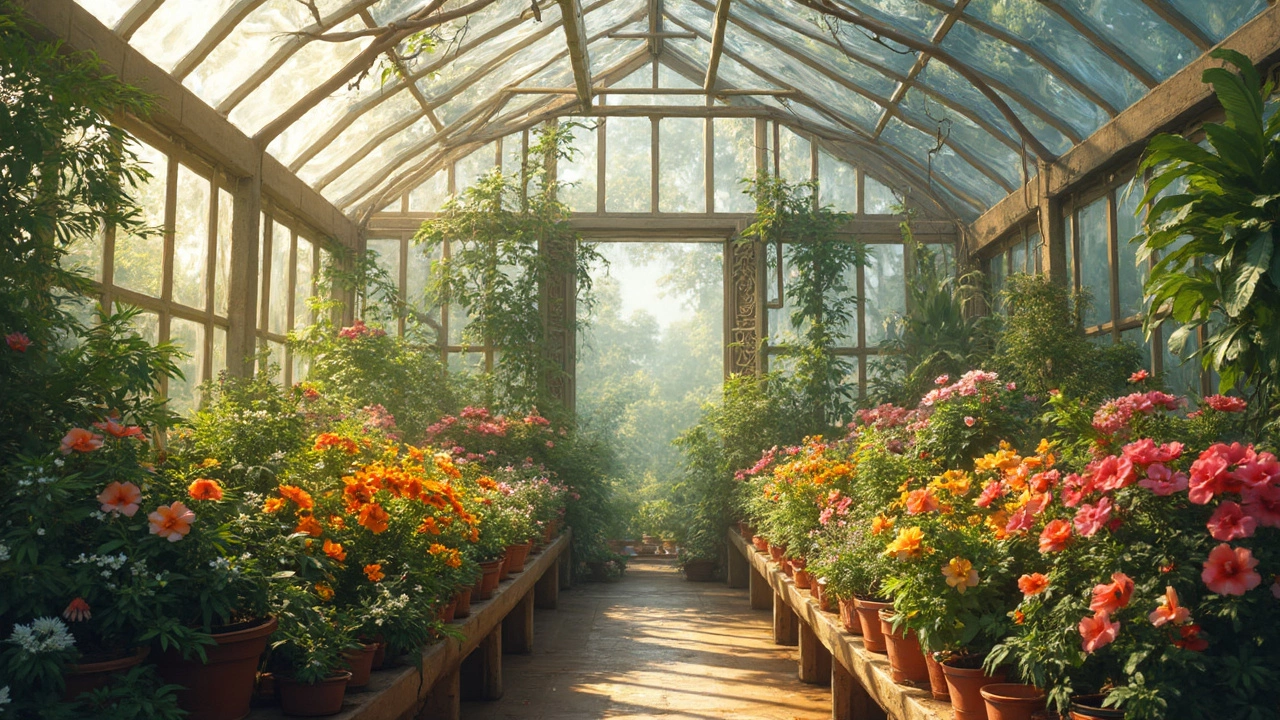Clogging: Understanding Blockages and How to Prevent Them
When dealing with clogging, the unwanted buildup that restricts flow in pipes, soil, or production lines. Also known as blockage, it can appear in a garden’s drainage, a household’s water system, or a factory’s conveyor belt. Recognizing what triggers clogging helps you stop it before it harms crops, slows manufacturing, or floods a home.
One of the most common culprits is poor soil drainage, the ability of soil to let water move through its pores. When drainage falters, water sits, roots suffocate, and soil compacts – a classic case of garden clogging. In plumbing, mineral deposits and organic waste create pipe clogging, blockages that impede water flow in residential or industrial pipes. Meanwhile, in manufacturing, “clogging” can describe a jammed production line that slows output and raises costs, often referred to as a manufacturing bottleneck, a point where capacity is limited by a specific process.
Clogging isn’t just an inconvenience; it directly affects water flow issues that can damage ecosystems and profit margins. In a container garden, for example, over‑watering without proper drainage can lead to root rot, turning a thriving bed into a soggy mess. The same principle applies to large‑scale rice farms: if irrigation channels clog, fields can dry out or flood unevenly, harming yields. In the UK’s manufacturing arena, a clogged supply chain can shrink salaries for high‑paying factory jobs because delays force companies to cut shifts. From the plastic industry’s demand for clean melt streams to the automotive sector’s need for smooth coolant circulation, any blockage translates to downtime and extra expenses. Even the most luxurious furniture makers experience clogging when dust or debris builds up in sanding equipment, slowing production and raising quality concerns. Understanding these links lets you see clogging as a universal problem that’s solved by similar tactics: regular cleaning, proper design, and monitoring. Practical solutions vary by context but share core steps. For garden soil, incorporate organic matter, practice no‑till techniques, and use drip irrigation under mulch to keep water pathways open. In homes, install water softeners to reduce mineral buildup and run hot water to flush out pipe interiors. Factories benefit from predictive maintenance—sensors detect early signs of jam and schedule cleaning before a full stoppage. These strategies echo across the posts on our site, whether you’re learning how to re‑hydrate dry garden soil or exploring the top plastics in demand for 2025. By treating clogging as a symptom rather than a standalone issue, you can connect it to broader topics like sustainable manufacturing, efficient irrigation, and even economic trends. The articles below dive deeper into each area: from daily watering myths in container gardens to the highest‑paying factory roles in the UK, from the history of rice cultivation to the rise of recycled plastics. Together they form a toolkit that helps you spot, diagnose, and fix clogs wherever they appear. Now that you know why clogging matters and how it shows up in gardening, plumbing, and production, explore the collection ahead for detailed guides, real‑world case studies, and actionable tips that will keep your water flowing, your soil breathing, and your factories humming.Why Clogging Matters Across Different Sectors
How Often Do You Have to Flush a Drip Irrigation System?
Flushing your drip irrigation system isn’t just about keeping the water flowing; it can actually save you a lot of headaches down the line. This article explains how often to flush your system, signs that it's time for a cleanup, and why skipping this step leads to nasty clogs. You'll get realistic tips for different climates and water qualities, plus simple steps for easier maintenance. Whether you’re running a backyard setup or a bigger grow, you’ll know what to do so your lines don’t let you down.
- manufacturing
- India
- food processing
- garden tips
- rice cultivation
- government schemes
- balcony garden
- urban gardening
- balcony gardening
- profitable business
- business ideas
- plastic manufacturing
- drip irrigation
- plant care
- steel manufacturing
- sustainable gardening
- startup ideas
- steel industry
- flower gardening
- textile manufacturers






